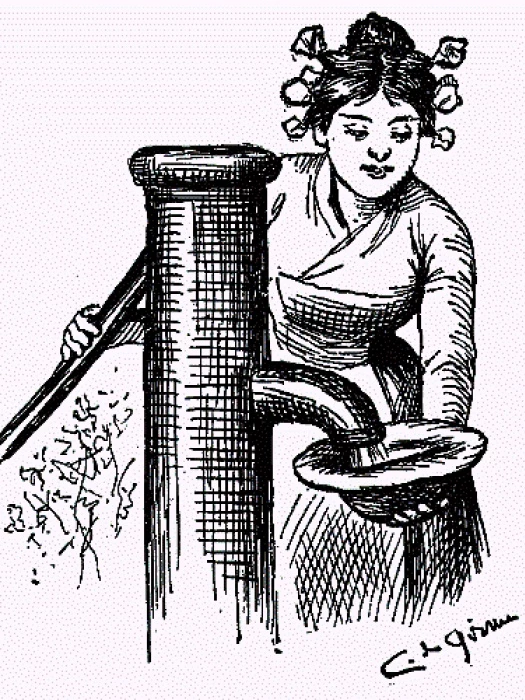Malpas Water Supply
Sitting on top of a hill, the town of Malpas is not best placed for a water supply. However, there has long been a number of wells around the town and by the eighteenth century some of them had been fitted with hand pumps.
In 1737 Thomas Parbutt was paid two shillings (10p) by the Malpas Highway Surveyors 'for cleansing the well' and in 1765 they paid Joseph Vaughan half a crown (12.5p) 'for mending ye town pump'.
This pump stood over the town well at the bottom of Well Street, known in those days as the Well Way, close to the Well Meadow.
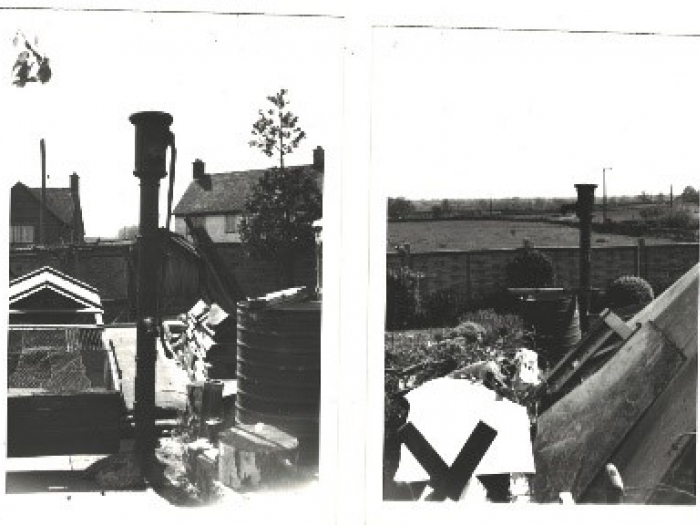
Together with those incorporating the word 'Springfields', these road and street names are a reminder that this low lying area on the edge of the town had long been an important source of water.
However, in 1832 the ratepayers of Malpas, at their regular Town Meeting, expressed their concern that 'the greatest part of the inhabitants of Malpas are subject to much trouble, inconvenience and expense on account of the great distance of their houses from the public well by which the value of such houses is much reduced'.
They put pressure on the two major local landowners, Lord Cholmondeley and Squire Drake, to do something to remedy the situation.
As a result the pair financed the building in 1835 of a waterworks on the Good Moors to the south-east of the town, an area which formed a natural water catchment area fed by a number of springs.
From here the water was pumped by an overshot water wheel, through a culvert running all the way up to a distribution reservoir specially constructed within the ancient castle mound next to Saint Oswald's Church.
From there the water was gravity fed back around the town.
The reservoir still exists, although it has been capped off for safety reasons.
A sewage works was constructed adjacent to the fresh water catchment pool on the Good Moors and the allegedly clean water from the filtered sewage was used to operate the water wheel. Unfortunately the water from the sewage tank had a tendency to splash into the fresh water supply!
Things came to a head in 1871 when an inspector from the Privy Council Office visited the site and afterwards published his report in the British Medical Journal.
He wrote: 'It may be stated shortly that in every conceivable variety of sanitary defect, Malpas village emulates the most neglected inhabited spot that has ever been reported upon'. The spillage is said to have caused an outbreak of caused an outbreak of smallpox in the town
The ratepayers were horrified and immediately asked his Lordship and the Squire what they were going to do to improve the situation.
They replied that they were not prepared to finance the operation any longer and offered to lease the waterworks to the town for an annual rent of one pound.
Eventually the offer was accepted and it was probably at this stage that the water wheel was replaced by a steam pump, to avoid contamination by the sewage water.
In the 1880's Liverpool Corporation constructed its aqueduct to take water to the city from Lake Vyrnwy in North Wales.
Since this passed through Malpas, the Corporation offered the town a connection to the aqueduct. The offer was finally accepted in 1892 and the old waterworks gradually went out of use.
In the last century the line of the Vyrnwy aqueduct was marked by a telephone line, but this has since been recovered.
The reservoir at The Oathills is part of the balancing system for the Liverpool aqueduct and many Malpas residents continue to enjoy the benefits of soft Vyrnwy water.
The old distribution reservoir did not go out of use immediately.
According to the fire station minute book of 1934, there was a hydrant put on the side of the Castle Hill so that water could be drawn from it in case of a major fire in the town.
Meanwhile the town pump continued in use within living memory, to serve those residents close to it who could not afford a connection to the piped system.
Evidence exists of some tunnels leading from the church to the two public houses on Old Hall Street. The story goes that these were "bolthole passages" to allow the rectors and church wardens to slip away from the church the civil war conflicts. However it is more likely that these were culverts used to distribute the reservoir water to the lower parts of the village.
The Parish Council, formed in 1894, took over responsibility for water supplies, including maintenance of the town pump. Since the hand pump went out of use it has become detached from the town well.
The iron dome which stands at the base of The Cross in the town centre is a cover for a valve which was part of the system provided by Lord Cholmondeley and Squire Drake in 1835 and serves as a visible reminder of the history of water supply in Malpas.
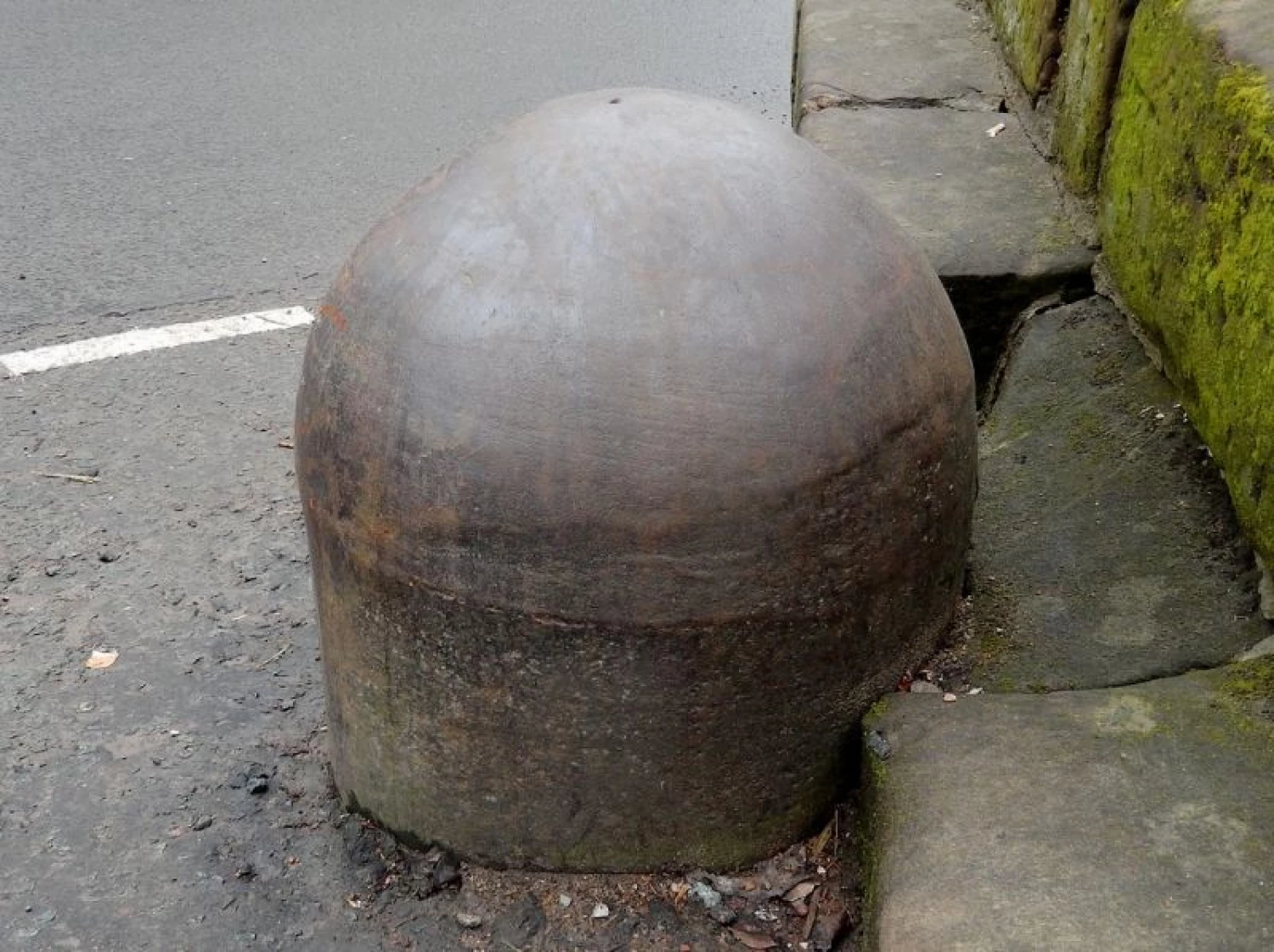
Sewerage
The sewerage works on the good moors was not the only filter beds in the village and in 1906 a contract was agreed between Mr John Bagnall and the Malpas Rural District Council to provide his own plant and labour to excavate a new filter bed on land Church Street, below Sunnyside. The work also covered the installation of continuance of the existing sewer and the laying of new drains.
The contract was signed on 11th July 1906 and was to be completed within 3 months.
This contract was to supply a sewerage system to the 4 newly completed houses built at Sunnyside by Malpas Rural District Council.
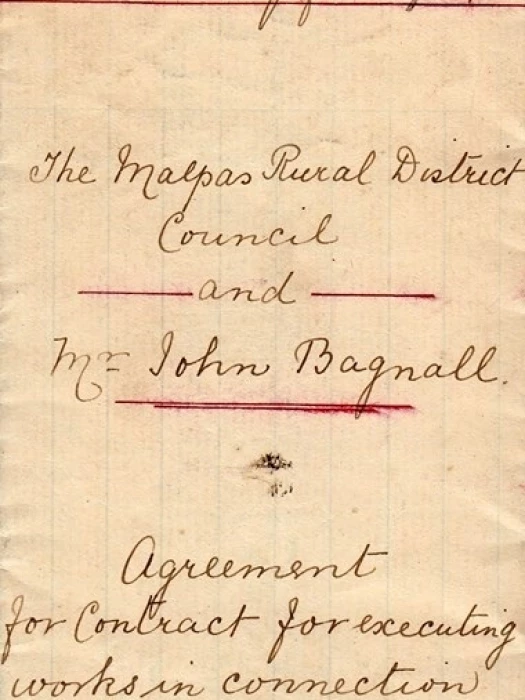
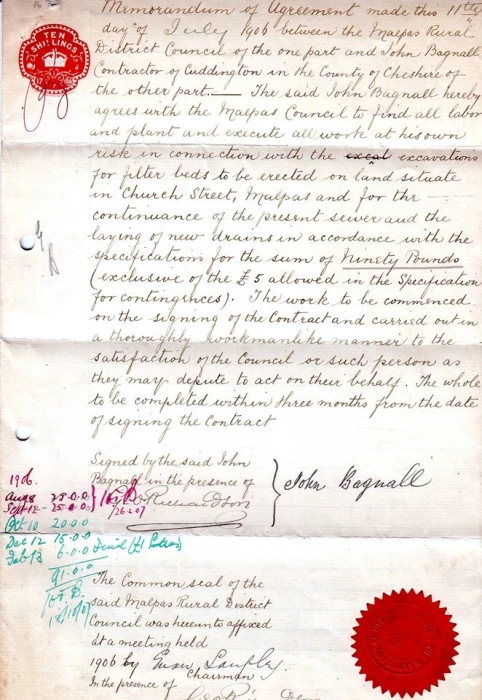
Article posted by Chris Whitehurst in July 2023 using notes and research by David Hayns
Quick Links
Village Map
Get In Touch
MalpasOnline is powered by our active community.
Please send us your news and views using the button below:

